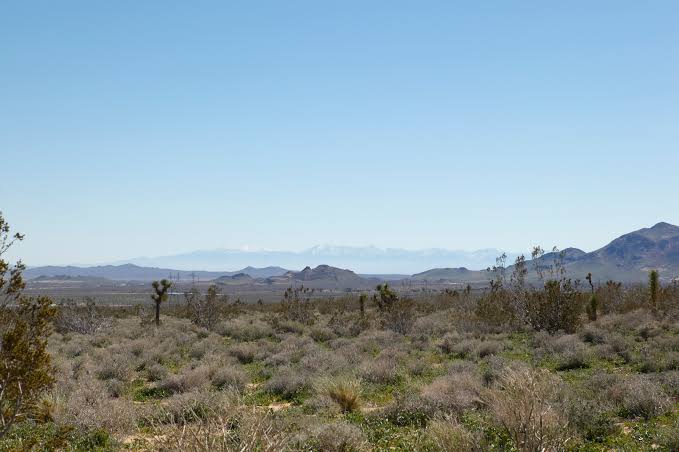By Dare Akogun
Environmental scientists have carried out the first standardized global review of the potential risks and benefits to people and nature from planned road and rail projects.
The study reveals that holistic planning of major road and railway infrastructure can better protect nature, mitigate emissions and enhance economic benefit.
Launched at the UN’s Biodiversity Conference (COP15), today’s new report, Mapping Environmental Risks and Socio-Economic Benefits of Planned Transport Infrastructure: A Global Picture was produced by a team of experts from the United Nations Environment Programme (UNEP) and the United Nations Environment Programme World Conservation Monitoring Centre (UNEP-WCMC).
Until now, there has not been a comparable global review of the ecological risks and economic benefits of planned transport infrastructure projects.
Using novel methods and metrics, the researchers forecast the impact that large-scale transport infrastructure projects currently underway or planned in 137 countries will have on wildlife populations, carbon storage and nitrogen retention, in comparison to the anticipated boosts to jobs and countries’ GDP.
The study helps to visualise potential environmental impacts against anticipated economic benefits for planned road and rail developments, and estimates projects will:
Combining and comparing their various measurements, the researchers were able to do a basic categorisation of which countries – based on the source data available – might stand to lose the least in terms of environmental impacts from the planned works, the most to gain economically, and vice versa.
The researchers have also developed an online viewer tool – the Global Infrastructure Impact Viewer – which displays on a global map the values for project risks and benefits.
Study co-lead Andy Arnell, from UNEP-WCMC, said: “Well-planned transport infrastructure is crucial for human development.
But our expansion continues to pose a huge threat to nature. It is essential that national governments and industry can weigh the ecological consequences of transport development against social and economic benefits.
“Our study is by no means exhaustive – it provides a snapshot of projects, species under threat and emissions and economic impacts, and does not override the need for detailed local and regional risk-benefit assessments of projects.
“However, we hope it will encourage further scrutiny for high-risk projects, and that our methods provide a springboard for further analysis of the risks from major road and rail developments,” he said.
in her own remark UNEP’s Sustainable Infrastructure Investment Lead Rowan Palmer, said the challenge of sustainable human development that maximises benefits for both people and nature is a vital topic of negotiation and discussion here and now at COP15.
“Our study presents a new way for countries to evaluate trade-offs and better plan major transport projects.
“Over time, we hope our work will be developed to examine the knock-on impact of infrastructure construction on whole ecosystems, as well as more nuanced analysis of socio-economic benefits and risks.
In the short-term, we hope it will inspire governments and planners to engage with fine-scaled metrics and robust local assessments, ” he said.
The study authors are now looking to grow the new database that powers their risk-benefit research, so the work can be continually updated and made publicly available for global engagement.

